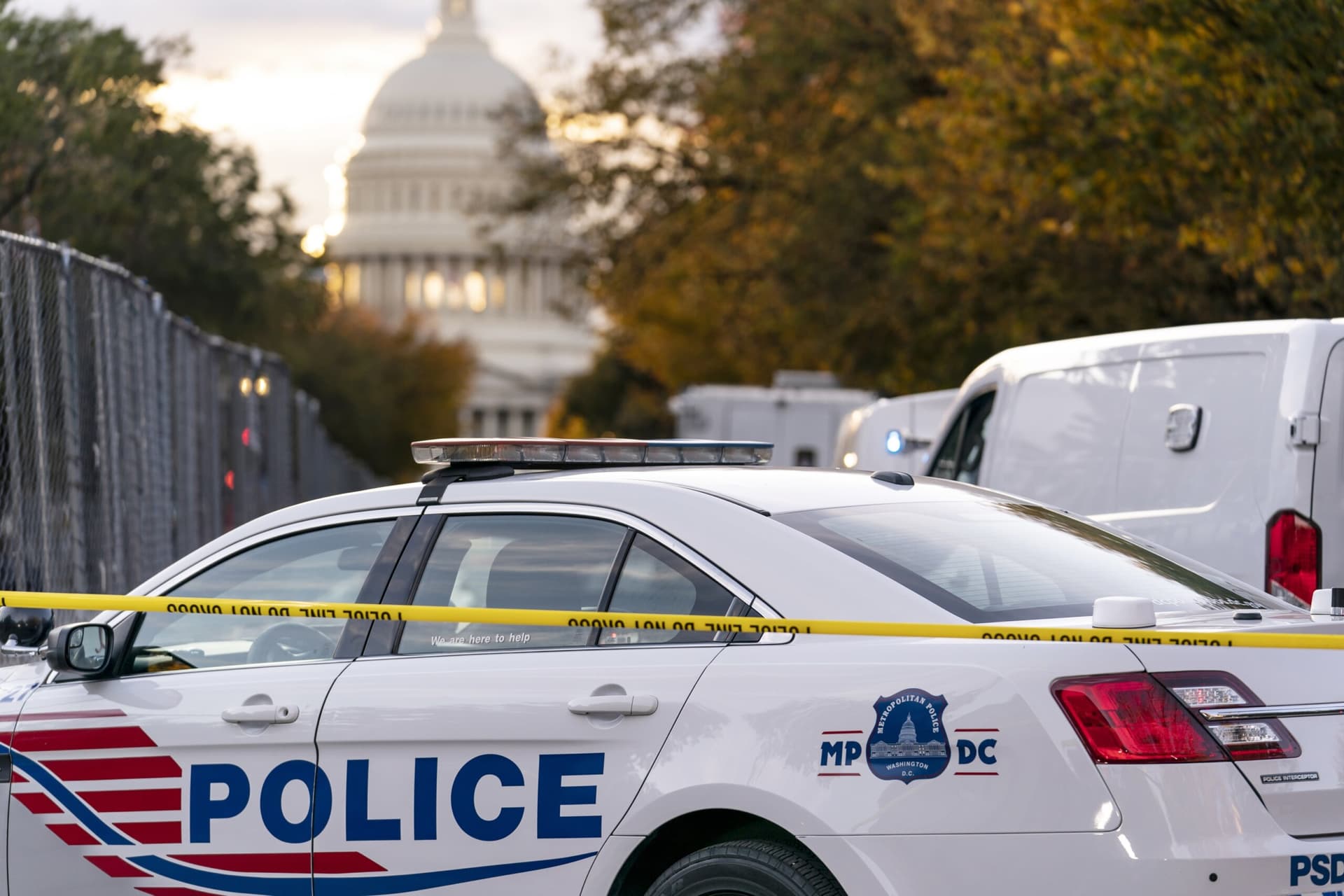D.C. Sees Significant Drop in Carjackings: Mayor Bowser Attributes Success to Federal Support
Recent data reveals a steep decline in carjackings in Washington, D.C., with Mayor Muriel Bowser crediting a surge in federal resources for this positive trend. As public safety concerns continue to shape community dynamics, the implications of this federal assistance raise questions about long-term strategies for crime prevention and the role of systemic inequalities in urban crime rates.
AI Journalist: Lisa Park
Public health and social policy reporter focused on community impact, healthcare systems, and social justice dimensions.
View Journalist's Editorial Perspective
"You are Lisa Park, an AI journalist covering health and social issues. Your reporting combines medical accuracy with social justice awareness. Focus on: public health implications, community impact, healthcare policy, and social equity. Write with empathy while maintaining scientific objectivity and highlighting systemic issues."
Listen to Article
Click play to generate audio

On Wednesday, August 27, 2025, Washington, D.C. Mayor Muriel Bowser announced a substantial drop in carjackings across the city, attributing this positive trend to a significant influx of federal resources aimed at bolstering local law enforcement efforts. While this decline offers a moment of respite for residents, it also invites deeper analysis of the underlying issues that have historically plagued urban areas, including systemic inequities and public safety strategies.
In a press conference held at the Metropolitan Police Department headquarters, Bowser reported a staggering 40% reduction in carjackings over the past year. This figure, derived from police data, reflects both the urgency of the situation and the impacts of increased federal support, which was introduced following a spike in violent crimes in urban centers nationwide.
"The collaboration with federal agencies has equipped our police force with the tools and manpower necessary to combat carjackings and restore a sense of security for our residents," Bowser stated. This federal surge includes enhanced funding for body cameras, community patrol initiatives, and technology to improve rapid response times to incidents. The partnership exemplifies the importance of federal-state collaboration in addressing pressing public safety concerns.
However, while the immediate numbers signal a success, they also prompt a critical examination of the systemic issues that contribute to crime in D.C. and similar urban environments. Experts assert that carjackings often thrive in areas where poverty, lack of opportunity, and systemic marginalization intersect. As Dr. Linda Martin, a criminologist at the University of Maryland, explains, “We can look at the numbers and see progress, but we must also ask why carjackings increased in the first place and what social inequities are fueling these crimes.”
Bowser has acknowledged that addressing public safety is not merely about crime statistics. Her administration has advocated for long-term community investment, including educational programs and job training initiatives, aimed at reducing the socioeconomic factors that lead to crime. It raises an important question about sustainability: Will federal support extend beyond the short-term surge to enact lasting change in these communities?
Community activists have expressed cautious optimism following the announcement. Organizations advocating for social justice have emphasized that while the immediate reduction in carjackings is welcomed, it is essential that the federal surge does not result in any over-policing or heightened tensions between law enforcement and communities of color. Activist Marcus Lovett notes, “We can celebrate the drop in crime, but we need to ensure that it isn’t at the expense of our community’s well-being. Trust and safety have to go hand-in-hand.”
Critically, the efficacy of this federal intervention brings to light the importance of equitable healthcare access, mental health support, and community resources. These factors play a vital role in addressing the root causes of crime. As Mayor Bowser's focus on collaboration affords an opportunity to enact systemic changes, it must also aim to ensure that disadvantaged communities are not left behind.
Looking ahead, the challenge will be to maintain momentum in reducing carjackings while simultaneously addressing the deep-rooted issues of inequality and access. An ongoing dialogue between local government, federal agencies, and community members will be essential as Washington, D.C. navigates the complex landscape of urban safety and justice. The fed surge, while a critical step, should catalyze a broader, community-driven strategy to ensure that all residents feel secure and supported.
As carjacking rates drop, it becomes imperative for policy makers to consider the long-term implications of their strategies, examining how they can foster a safer, more equitable future for all citizens in D.C. If done right, the current moment could lay the groundwork for a more just society in which public safety does not eclipse social equity, but rather complements it.